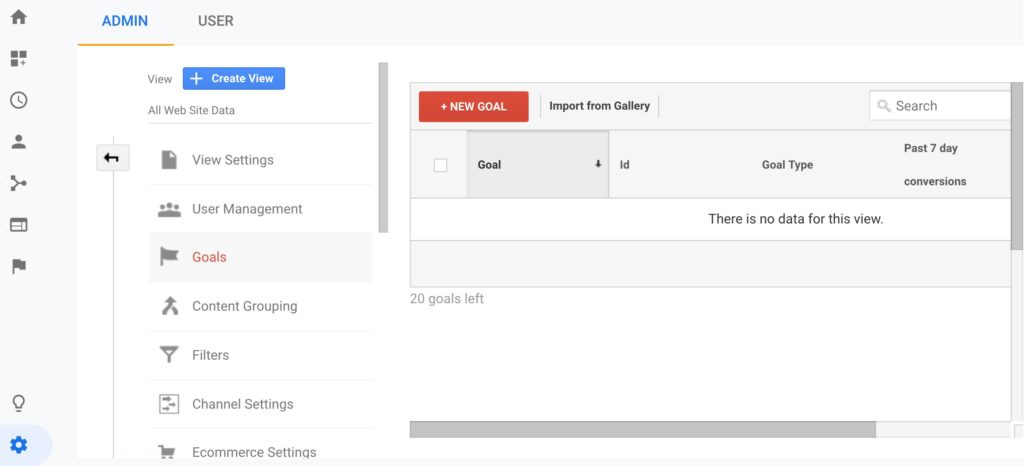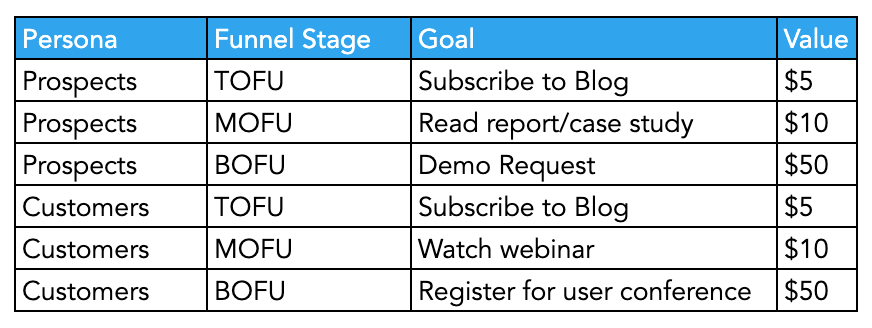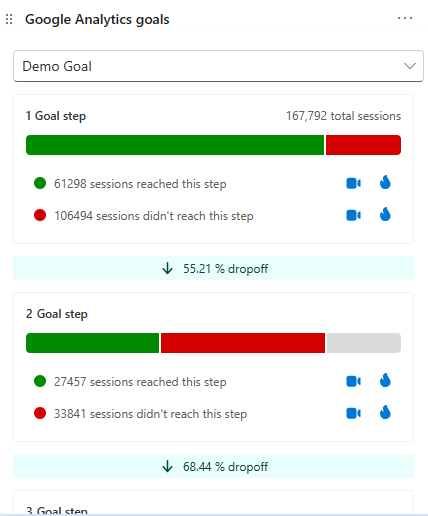Comprehensive List of What Data Is Google Analytics Goals Unable to Track
Comprehensive List of What Data Is Google Analytics Goals Unable to Track
Blog Article
Unveiling the Blind Destinations: Recognizing What Google Analytics Goals Can not Measure
In the world of electronic analytics, Google Analytics stands as an effective device for monitoring and evaluating on the internet customer interactions. Recognizing what Google Analytics objectives can not determine is vital for acquiring a detailed sight of user behavior and involvement.
Individual Actions on External Platforms
Understanding just how customers communicate on outside systems is vital for enhancing online strategies. Outside systems, such as social media sites networks, recommendation sites, and on-line forums, play a significant role in driving website traffic to a firm's web site. By evaluating customer actions on these systems, businesses can acquire useful insights into the performance of their advertising and marketing initiatives and the preferences of their target market.
One key aspect of individual habits on exterior platforms is the recommendation resource. By tracking where the users are originating from, services can determine which systems are driving one of the most traffic to their internet site. This info can assist companies allocate their resources better, focusing on the platforms that generate the ideal results.

Offline Conversions and Communications
Examining customer behavior on outside systems gives important understandings into on-line strategies; nevertheless, taking into consideration offline conversions and interactions is equally critical for an extensive understanding of a company's general efficiency. While Google Analytics succeeds at tracking on the internet interactions, it falls brief in recording the total client trip that usually includes offline touchpoints. Offline conversions, such as in-store purchases or phone inquiries, play a considerable duty in many companies' success. Neglecting these interactions can cause an altered sight of the performance of advertising campaigns and total business efficiency.

Attribution Beyond Last Click
When delving into the realm of electronic advertising analytics, it becomes essential to look beyond the solitary touchpoint of the last click for a more comprehensive understanding of attribution. While Google Analytics provides beneficial insights right into individual habits, counting exclusively on last-click attribution can be limiting - what this post data is google analytics goals unable to track. Attribution versions that exceed the last click use a much more nuanced sight of the client journey, taking into consideration all the touchpoints that bring about a conversion
Attribution beyond the last click allows marketers to assign debt to various interactions along the conversion path, offering a more clear photo of the performance of different advertising networks. By discovering multi-touch attribution models such as straight, time degeneration, or position-based acknowledgment, organizations can better allocate their advertising spending plans and optimize their methods for maximum impact.
Comprehending the impact of each touchpoint in the conversion procedure is critical for making educated decisions and optimizing ROI. By embracing acknowledgment past the last click, organizations can get deeper understandings right into consumer habits and customize their advertising efforts much more successfully.
Cross-Device and Cross-Browser Tracking

Likewise, cross-browser tracking complements cross-device tracking by recording user habits as they change between various internet browsers. Understanding exactly how individuals engage with websites on numerous web browsers can help marketing experts optimize their on-line experiences to guarantee consistency and functionality throughout different systems.
Qualitative Information and Individual Intent
Understanding user intent through qualitative data evaluation is crucial for creating targeted electronic marketing methods that reverberate with the demands and choices of the target audience. Qualitative data offers insights right into the 'why' behind individual activities, shedding light on motivations, feelings, and choices that quantitative information alone can not catch. By analyzing individual responses, remarks, and communications, marketing experts can reveal valuable information concerning individual intent, allowing them to customize their messaging, web content, and offerings to much better straighten with what their audience is seeking.
Qualitative data likewise assists in comprehending the context in which customers involve with an internet site or application. This contextual understanding allows marketing experts to develop even more individualized and relevant experiences, inevitably driving higher involvement and conversion rates. moved here By delving into individual intent through qualitative information evaluation, organizations can get a much deeper understanding of their target market, resulting in a lot more effective advertising and marketing methods that fulfill users' assumptions and needs.
Final Thought
Finally, Google Analytics objectives have restrictions in gauging user actions on external systems, offline conversions, acknowledgment beyond last click, cross-device and cross-browser tracking, and qualitative information connected to individual intent. what data is google analytics goals unable to track. It is necessary for businesses to be conscious of these dead spots in order to supplement their data evaluation with various other devices and techniques to acquire a much more comprehensive understanding of their target market and boost their total digital advertising strategies
By analyzing individual behavior on these platforms, companies can acquire useful insights into the effectiveness of their advertising efforts and the choices of their target audience.
Assessing customer habits on outside systems offers valuable understandings right into online strategies; nonetheless, considering offline conversions and interactions is equally important for a comprehensive understanding of a firm's general performance.In digital advertising and marketing analytics, relocating past last-click acknowledgment to discover cross-device and cross-browser monitoring is necessary for getting a holistic understanding of individual interactions throughout various platforms and gadgets. By examining user feedback, comments, and communications, marketers can uncover important details regarding individual intent, allowing them to customize their messaging, web content, and offerings to much better check my site line up with what their audience is seeking.
By delving into user intent with qualitative information evaluation, businesses can gain a much deeper understanding of their target audience, leading to extra reliable advertising approaches that meet users' needs and expectations.
Report this page